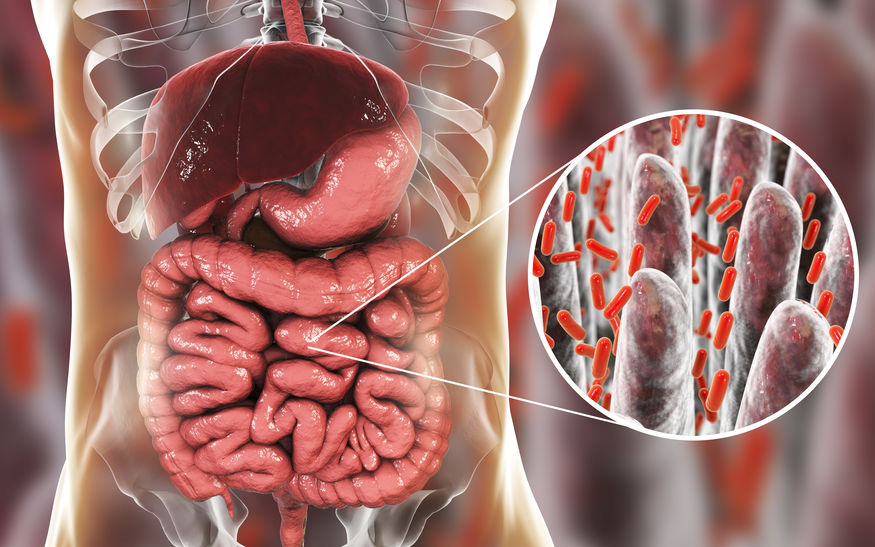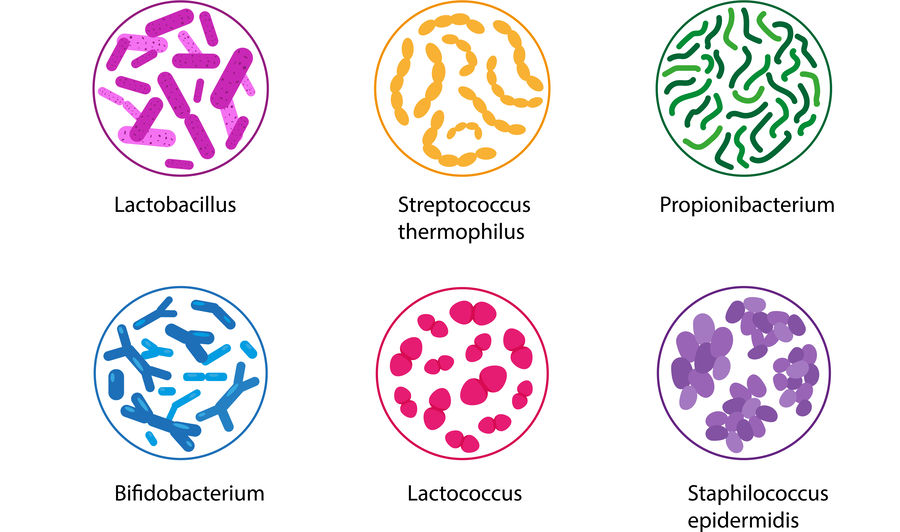The healthy gut - part 4
The intestine as the centre of the human body's metabolic activities was the topic of our last blog articles. According to Ayurveda, the value of a well-functioning gastrointestinal tract for health and vitality is unsurpassed.
 In modern medicine, the intestine was very much neglected for a long time. Only research into the "microbiome" (the totality of the germs that live in the intestine) has brought about an incredible upswing in the study of the intestine and its contents. Who would have thought 20 years ago that the intestine is home to more bacteria than the body has cells? The diversity of intestinal germs, of which each of us is home to about 1000 different species, still poses many mysteries to science. Care of the intestinal flora has been an important topic in Ayurveda for thousands of years. Ayurveda knows how much health, longevity and immunity depend on a strong intestinal flora. How is your intestinal health? What do you do to regularly regenerate your intestinal flora?
In modern medicine, the intestine was very much neglected for a long time. Only research into the "microbiome" (the totality of the germs that live in the intestine) has brought about an incredible upswing in the study of the intestine and its contents. Who would have thought 20 years ago that the intestine is home to more bacteria than the body has cells? The diversity of intestinal germs, of which each of us is home to about 1000 different species, still poses many mysteries to science. Care of the intestinal flora has been an important topic in Ayurveda for thousands of years. Ayurveda knows how much health, longevity and immunity depend on a strong intestinal flora. How is your intestinal health? What do you do to regularly regenerate your intestinal flora?
Healthy intestinal flora - sick intestinal flora
When the intestinal flora is healthy, we notice almost nothing about it. Then we can eat almost all common foods without any discomfort. After eating, we feel fullness, well-being and energy. The feeling of hunger is clear and the excretions are regular. We are hardly ever ill. There are neither infections, nor allergies, nor cancer. A diseased intestinal flora, on the other hand, is immediately noticeable: irregular bowel movements, constipation or diarrhoea, flatulence, fatigue, susceptibility to infections... Nothing works any more. In such cases, modern microbiological research shows that the intestinal flora is out of kilter. "Healthy" intestinal bacteria such as lactobacilli are outnumbered by "pathogenic" bacteria..
What disturbs the intestinal flora?
Every disease also causes a shift in the intestinal flora. Many of the germs necessary for our health are further decimated by drugs such as antibiotics. Antibiotics and environmental toxins can permanently alter the composition of intestinal germs.
"The germ is nothing, the breeding ground is everything!"
The French physician Claude Bernard (1813 - 1878) was one of the leading doctors of his time. Together with the biochemist Louis Pasteur, he was one of the co-founders of microbiology (the study of small organisms such as bacteria, fungi and viruses). The sentence "The germ is nothing, the culture medium is everything!" made Dr Bernard famous. With this he claimed that pathogenic germs can only gain a foothold in the body and multiply if they find an appropriate breeding ground. This assertion is in line with the teachings of Ayurveda as well as with the experience of the Corona pandemic. Approximately 2/3 of Corona patients who need in-patient or intensive care treatment have a pre-existing condition that alters the internal environment of the body, allowing the Corona viruses to multiply rapidly. These pre-existing conditions are: Adult onset diabetes, obesity and hypertension.* This breeding ground for disease is called Ama in Ayurveda. Ama, literally "the undigested", always occurs more frequently in the body when there is an excess of sugar and (bad) fats in the body, as in the above-mentioned diseases of civilisation.

Infection prevention
By eliminating Ama, pathogenic germs are deprived of food - they can neither feed nor multiply. Ayurvedic cleansing cures such as Pancha Karma and our webinar cures are the best methods to eliminate Ama from the body. This creates abundant ojas, the body juice that guarantees immunity and well-being. .
Probiotic therapy
From the point of view of Ayurvedic medicine, it makes little sense to take probiotic supplements or medicines until Ama has been eliminated. Even the healthy intestinal germs need their specific nutrient medium, and that is Ojas, the body juice for immunity and well-being.
Aftercare after Detox
With every intestinal cleansing, a large part of the breeding ground for pathogenic germs is eliminated, and at the same time a high percentage of the intestinal flora. This is the optimal time to introduce healthy probiotic germs into the body and give them a realistic chance to take hold and multiply on Ojas' breeding ground. As a classic probiotic, thin lassi is given to the patient for this purpose after every Ayurvedic purification therapy, e.g. 16 parts water, 1 part yoghurt with a little salt and coriander. Modern probiotics such as Omni Biotic Stress Repair or Omni Lactis 10 from Biogena are also suitable for the same purpose.
Summary
The entire intestinal flora (microbiome) consists of billions of germs of different species. Their composition influences the immune system and determines health, susceptibility to infections and allergies. The internal environment of the body is essential for determining which germs can multiply. Regular purification (Pancha Karma, Herbal Detox) removes the breeding ground for pathogenic germs and allows a healthy microbiome to settle.
* Source:


We look forward to your feedback!